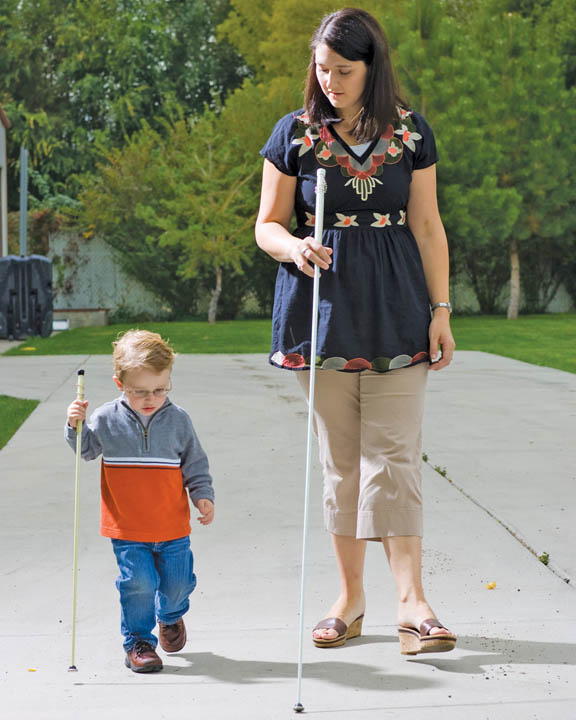Parents can set limits and boundaries that help teach children the best ways to live as well as demonstrate love and concern.
As children grow and develop, they explore many ways of behaving. Children try different behaviors to develop their personalities and to learn what is acceptable. Not everything a child tries is right or acceptable. Children should, therefore, be directed by their parents. The purpose of setting limits is to show children the paths to happiness. It is part of what it means to “train up a child,” in Mormon belief (see Proverbs 22:6).
Letting Amy Play
Amy was a vivacious nine-year-old who loved to play with her friends, especially on Saturdays when school was out. Amy’s parents told her she needed to do several chores on Saturday before she could play. Her older sister even made a fancy chart so that everyone knew what jobs they were assigned. Every Saturday, however, Amy bounded out of the house, anxious to be with her friends. She left her jobs at home undone. As her mother went about the task of doing Amy’s jobs she thought, “She enjoys being with her friends so much I hate to make her do her work before she goes out. It makes me happy to see her having so much fun. I really don’t mind doing her work for her.”
- What is Amy’s mother teaching her?
- How would you help Amy learn to do her work?
- When would you talk with Amy?
- What would be the first thing you’d say to her?
- How would you help Amy decide, on her own, to fulfill her responsibilities?
Because her parents consistently allow her to play without having done her work, Amy is learning that the rule her parents have established has little real meaning. It will be easy for her to develop the same attitude toward other rules her parents establish.
The rules and limits you set should not be taken lightly by you or your children. Mormons believe in the importance of rules in spiritual and social growth. When you enforce those rules, you help your children learn important lessons, such as fulfilling responsibilities and distinguishing right from wrong. If you set and administer rules fairly and considerately, they can become guidelines that will help your children attain self-discipline. Undoubtedly, Amy’s mother mistook letting Amy do as she wanted as a sign of love for Amy. In order to really show love and concern, Amy’s mother should have been consistent about seeing that Amy followed the rules before she went to play.
Barbara’s Practice
Sixteen-year-old Barbara is involved in many school activities. She and her mother have an understanding that unless Barbara has some activity specifically planned in advance or something unexpected and special comes up and she calls her mother, she is to come home right after school. Recently, Barbara worried her mother by staying after school for a practice without telling her mother where she was or what she was doing.
- Were Barbara’s mother’s expectations reasonable?
- Why might Barbara’s mother be worried?
- What should Barbara’s mother do?
Guidelines in Setting Limits
- 1. Involve children in setting their own limits. This helps them understand rules and consequences from the parents’ perspective.2. Real love and concern for children is not shown by allowing them to do whatever they want. Rather, it is having them obey rules and limits and face consequences when those rules and limits are broken. In the
- , consequences will be inevitable in real life and should be prepared for and against by obedience.3. Children do not learn the purpose of rules if they are constantly allowed to cross limits without consequence.4. Firmness, fairness, and love go together when teaching dependability and setting limits. Indulgence, injustice, and indifference to limits teach irresponsibility.

